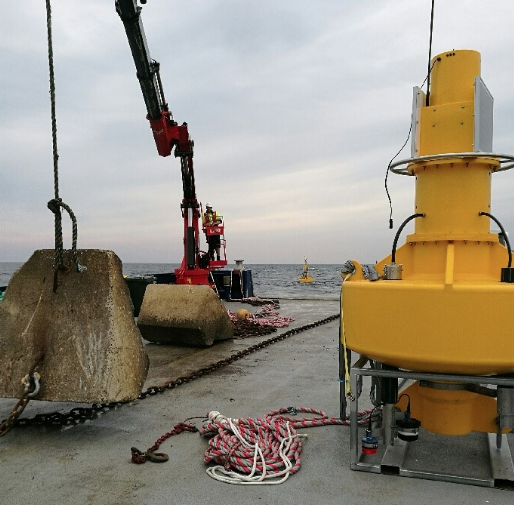Huon Aquaculture directly responds to criticism levelled at research project off Cape Connella, Bruny Island, Tasmania.
In August 2017, the Huon Aquaculture started an investigating the potential of farming 6kms off the shore of Bruny Island’s Cape Connella. Tasmanian salmon farmer was granted a permit to undertake environmental monitoring at three sites in the region.
Offshore
“Over the next three years our intention is to monitor and research the sites to establish if there is potential for far offshore farming in the region, and what it will take in terms of technology and equipment to farm there successfully,” the company wrote in a press release at the time.
In Tasmania, there aren’t any plans yet to produce constructions like SalMar’s gigantic Ocean Farm 1 yet, but companies like Huon are researching potential sites for offshore marine grow-outs as a natural way to ease pressure on coastal fisheries. “‘Offshore’ is defined by a combination of factors such as wave energy, seabed sediment type, water speed etc, not solely by the distance from land,” the company explained on Facebook on Wednesday.
“Industrial salmon farming”
However, a letter in the Bruny Island Community Association’s voice Bruny News has accused the salmon farmer of eyeing up Cape Connella for an “industrial salmon farming expansion”.
The authors of the letter were Bruny Island Sustainable Aquaculture (BSA) who are a part of The Tasmanian Alliance for Marine Protection (TAMP), a group formed by recreational fishers, commercial fishers and community groups say they are concerned about the expansion of industrial salmon farming around the Tasmanian coastline.

“It is clear that Huon Aquaculture sees the south-east of Tasmania as the only near term viable Tasmanian expansion opportunity for the company as it expands into its share of the approved initial production quota of 30,000 tons in Storm Bay and then to 40,000 tonnes and ultimately the aspirational, 80,00 tonnes annual production, with Cape Connella operational,” the BSA wrote.
Correcting the record
“Sadly, we sometimes have to spend time correcting the record,” Huon responded on the company’s official social media as well as TAMP’s Facebook page:
“Hello TAMP members, as we have said to you before, we like to deal in facts. The facts on Cape Connella are this; we are conducting research to determine if it is even possible to start thinking about farming in this area. Nothing new has happened at Cape Connella since this media statement was issued in August 2017 EXCEPT that we do exactly what the permit allows us to do; gather research.
“The whole point of research is to underpin any hypothetical future operations at Cape Connella (and we stress hypothetical, as it is just that) with fact, and BSA’s claim that the shorelines will be ‘covered’ with fish farms is scaremongering. Nothing more, and nothing less.”
“It’s disappointing that BSA has chosen to communicate via the Bruny News rather than contact us to find out facts. As such we will also communicate the above again directly to them (…) We are open to taking criticism and questions around our operations, but we hope that moving forwards, facts take centre stage,” Huon added.
Huon’s Cape Connella research lease project is in three phases:
- Phase 1 includes deployment of remote monitoring systems for assessment of the physical, chemical and biological conditions
- Phase 2 includes deployment of prototype equipment for testing such as communications equipment and reinforced fortress pens and potentially other offshore systems
- Phase 3 will see one or more sites developed to pilot-scale farming using the new technology


